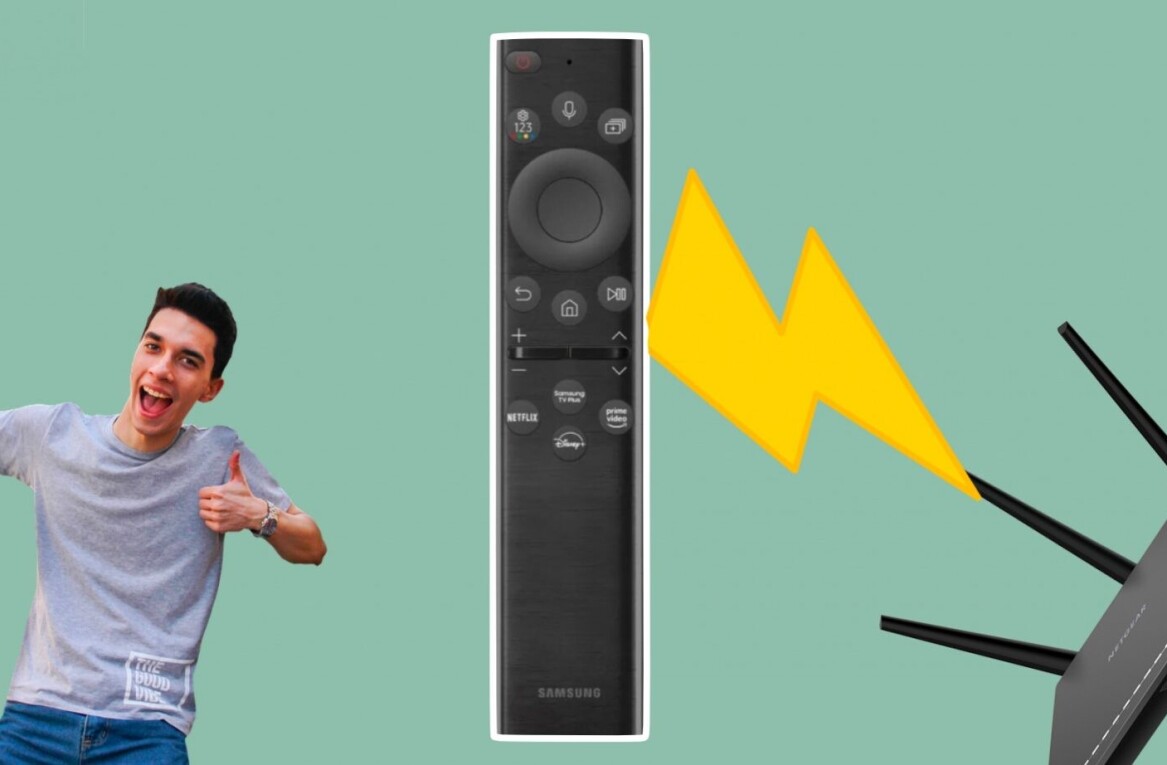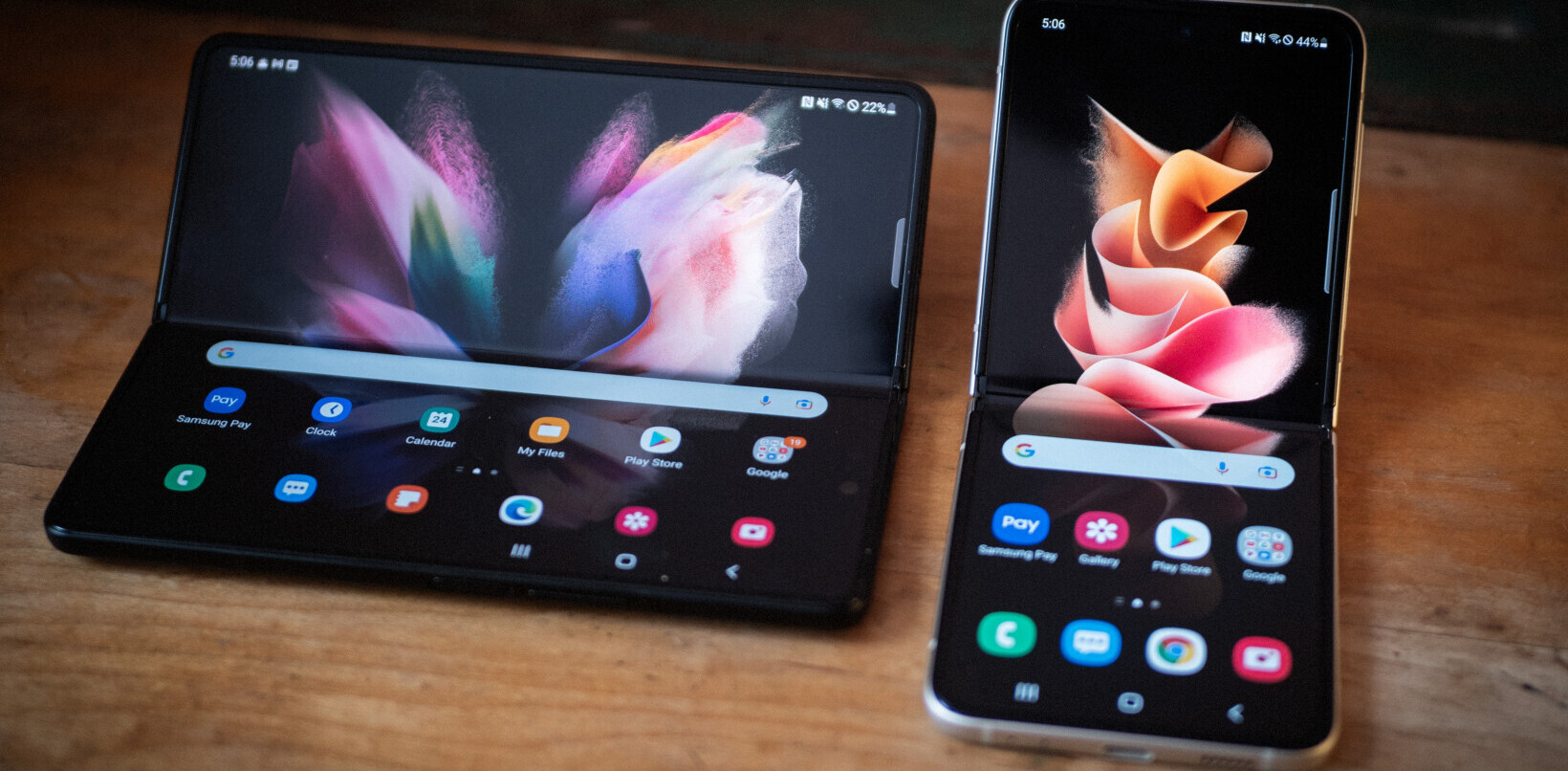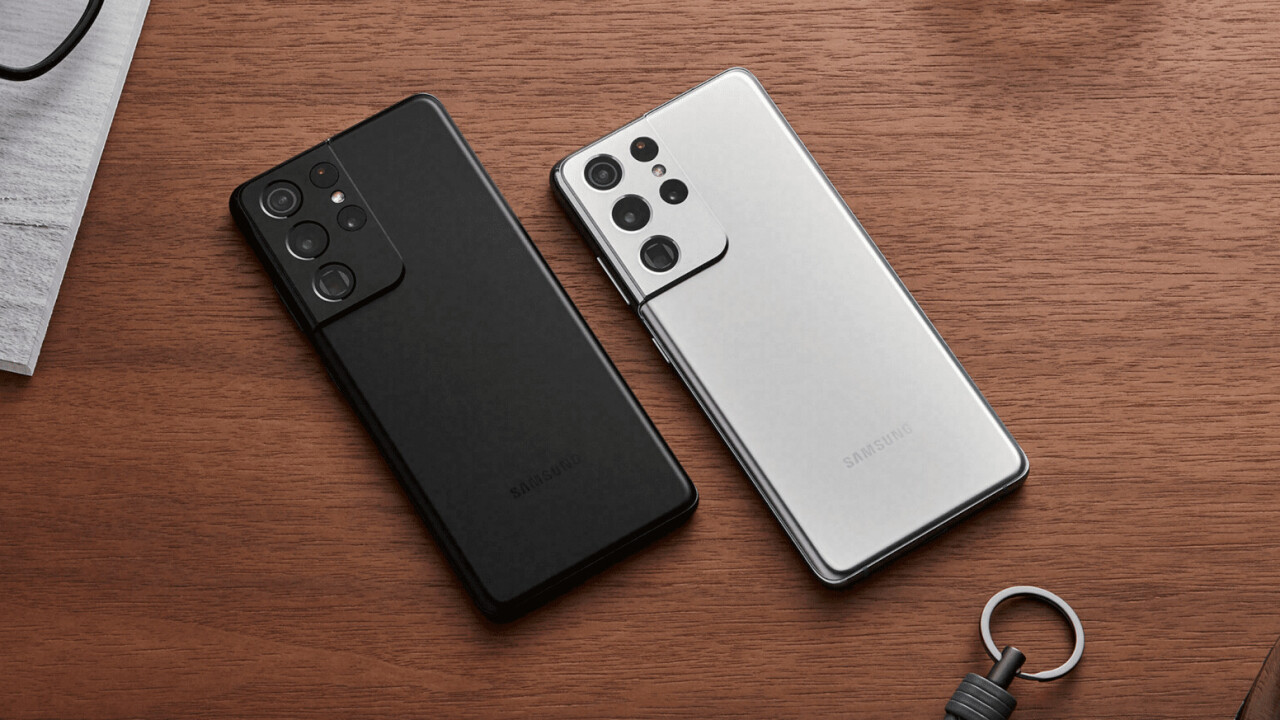
Samsung today unveiled the Galaxy S21, S21+, and S21 Ultra. While we knew there were some significant changes to the lineup coming perhaps the biggest surprise is the price: The S21 starts at $799, the S21+at $999, and the Ultra at $1,199. Each is a full $200 less than last year’s base models, and while not exactly cheap, it’s a welcome course correction from the flagship price tags that have been climbing every year.
There are some concessions to get to that price point on the cheaper models, as we expected from the leaks. First, the screen resolution has dropped from 3200 x 1440 to 2400 x 1080 — but that’s a minor thing considering the phones defaulted to a lower resolution in order to save battery life.
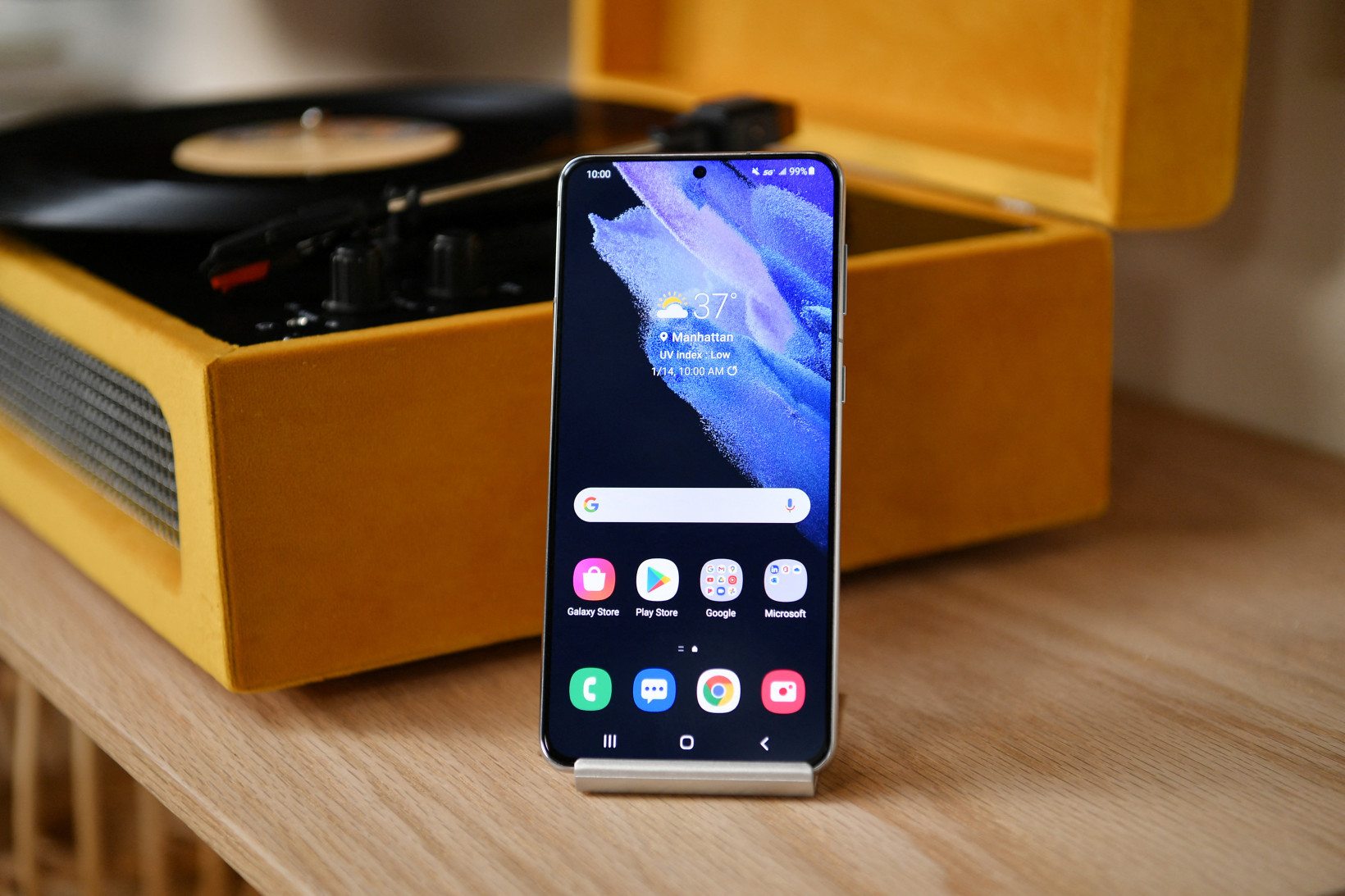
Second, the two lower-end models drop the curved edges Samsung’s flagships have been famous for, giving them a bit more of a generic appearance — although some would argue this move is for the best.
Lastly, the S21+ only has 8GB of RAM rather than the 12GB of RAM on last year’s model. It’s a downgrade in the memory department, but it also means that now the S21 and S21+ nearly have feature and performance parity. When it comes to performance, you can just choose the size you prefer.
There are still a couple of differences between the smaller S21 and the S21+ though: the S21 lacks an ultra-wideband radio and has a plastic back rather than glass. The UWB radio is meant to help you more accurately pinpoint the location of Samsung’s new SmartTag, a tile-like tracker.

Otherwise, the specs are about what you’d expect for a yearly refresh. They have the latest Snapdragon 888 chipset and 128GB or 256 GB of storage. The larger phone has 6.7-inch panel, while the smaller model has a 6.2-inch one. They offer 120Hz panels, ensuring a smooth scrolling and navigation, assuming the processor keeps up. To save battery, the displays can bring that refresh rate as low as 48Hz.
The bigger phone gets a 4,800 mAh battery, while the smaller model weighs in at 4,000 mAh. Both models offer reverse wireless charging.
In the camera department, the non-Ultra models opt for a three-sensor rear camera array: a 12MP primary camera, a 12MP ultrawide, and a 64MP telephoto. The selfie camera has a 40MP sensor.
I dig the way the camera bump is highlighted in the design too.

Meanwhile, the S21 Ultra bumps up the specs to a base 12 GB of RAM, going up to 16GB in a third configuration with 512GB of storage (expandable via MicroSD, too). The display is slightly larger than the S21+, at 6.8 inches, and the resolution is 3,200 x 1,440. It also features an adaptive refresh rate, but the range is wider, going as low as 10Hz when just looking at photos. The battery, meanwhile, ranks at a beefy 5,000 mAh.
The camera comes with a massive 108MP primary camera, a 12MP ultrawide. There are dual telephoto lenses, one at 3x zoom, and the other at 10x. Combined with digital processing, the camera offers up to 100x zoom, though obviously, the quality will suffer once you go beyond the physical 10x optical performance.
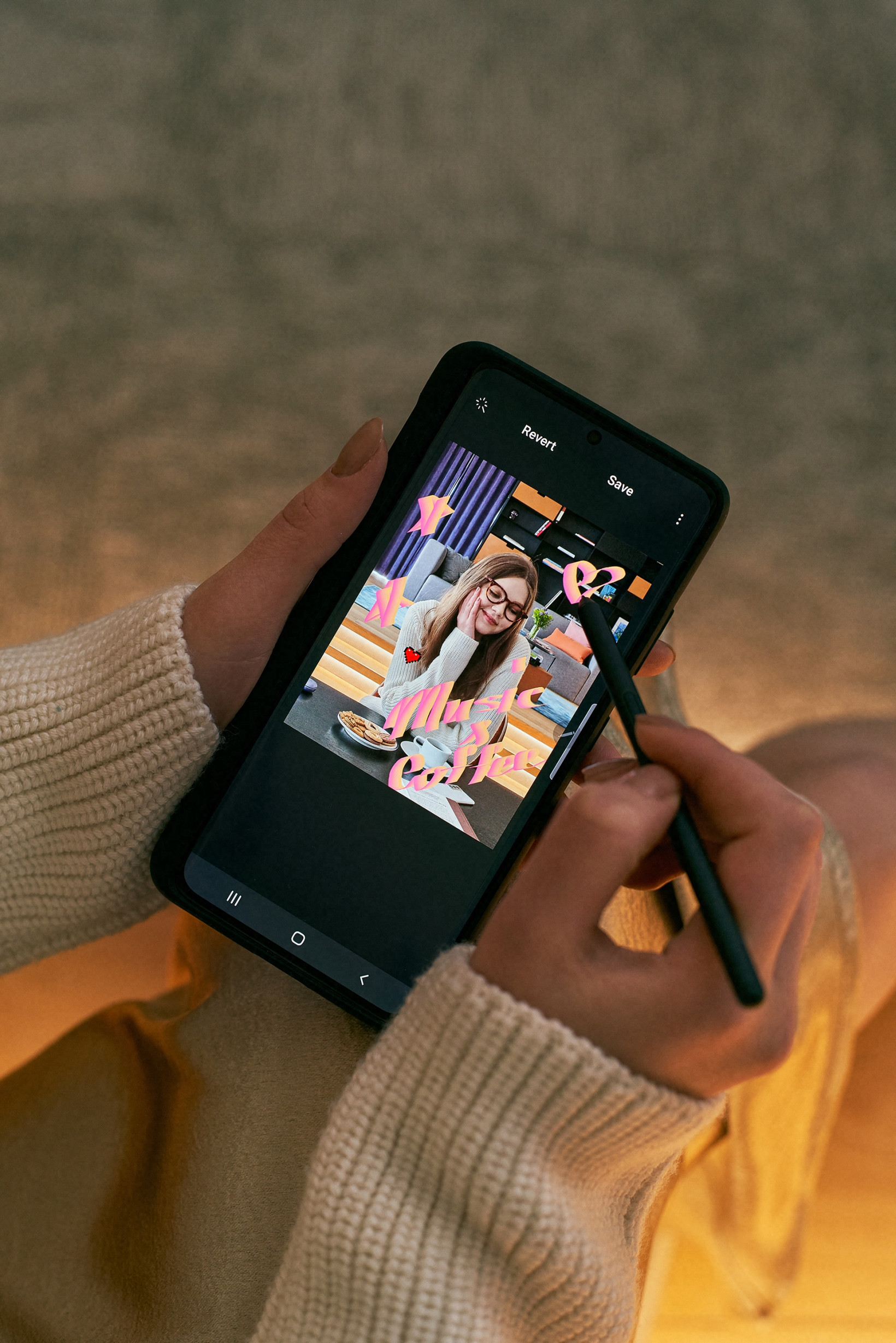
But the biggest difference in the Ultra model this year is support for a new, optional S Pen. Unlike with the Note series, which Samsung is expected to abandon, storing the S-Pen requires an optional case. The pen and case cost an extra $70 (the pen alone costs $40), and the case looks pretty chunky.
It certainly doesn’t compare to the seamless integration we’re used to from Note phones, but at least Samsung isn’t abandoning the stylus completely.
On the software front, the new phones can now record in 8K, just in time for all those new 8K TVs on the way, as well as 4K at 60 fps. Samsung has also abandoned the Bixby feed in the launcher for Google’s superior Discovery feed, although why Bixby remains on the phone at all, nobody knows.
The phones can be pre-ordered from Samsung’s website starting today, and will be available January 29.
Get the TNW newsletter
Get the most important tech news in your inbox each week.


